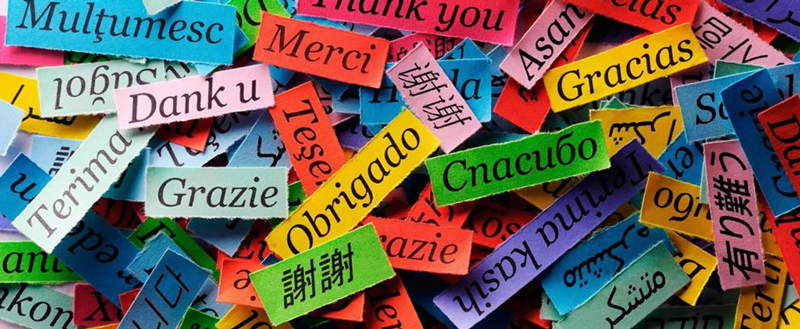In an international business climate, it is more important than ever to make your website accessible to customers across the world, regardless of the language they speak. When reaching out to a multilingual market, it is vital to invest in quality website translation services to ensure that any information is accurately translated to your customers. In the end, people predominantly prefer content that is available in their native language.
Here are 7 essential SEO elements to keep in mind for multi-lingual web design. We’ll give specific tips instead of platitudes while making the advice as generally applicable as possible.

Have an International Web Marketing Strategy
It is amazing how many people look at the international market and assume that having a website with content in that language is enough. They ignore the fact that Google isn’t the dominant search engine in every other part of the world. For example, Baidu dominates Asia while Yandex is strong in Russia. So, work with the search engines and social media sites that your international customers will be using in order to reach them.
Create Well Crafted Content for Each Audience
One solution is having separate web domains for each of your customers’ languages. This adds to the number of sites you have to maintain and do SEO for, and dilutes your company’s homepage in search engine results, but it gives each linguistic group a website designed for their language and culture. You can thus have buttons, content and support information in their native tongue instead of hoping they can run it through a translation website. If you’re creating separate company websites to target each country’s customers, use the country code in the top level domain to garner trust and rank higher in searches in those countries.
Another option is having content in several languages on each website. Create a separate page for each language, for example yourwebsite.com/ru and submit each of these pages in Google webmaster tools just like you submit every other site you might have. Tip: Use hreflang code which specifies the language for each of your pages. This will help search engines better understand your website and get better rankings in specific countries. Call to action buttons help with conversion. It is recommended that the CTA buttons are also translated in the specific languages you are targeting.
In any of these cases, it is wise to hire an SEO agency that understands truly universal web design and can create quality content in every language you want your customers to read.
Design with the International Customer in Mind
Ecommerce sites found that shopping cart abandonment rates are lower if the prices are presented in someone’s own currency instead of an intermediate currency. You should design your website to show someone the currency based on where they are connecting to the site. Make your international shipping policies clear with information on delivery time and product tracking if you’re not shipping products from a hub within their country.
Use the Key Search Terms They Are Using
It is amazing how many businesses build key search terms into their content and on-page SEO in English even when translating the content to Spanish, French or Arabic. Integrate the key search terms searchers in those languages are using into each page, whether building them into the title, tags or content.
Consider Customer Support in Their Language
One issue that trips up many international businesses is the lack of support for customers in their own language. Perhaps they find they are unable to order the product; you’ll lose their business forever if they cannot reach someone to help them complete the order that can actually answer their questions. Make sure the Q and As are in their language so they rank properly. Contact an SEO agency to not only create this content but apply the right SEO in the customer’s language so that your Spanish language tech support page comes up for Spanish speaking searchers, for instance.
Select Hosting Strategies that Suit Your Users
You should not assume that your customers are best served by a server in their own country, though there are times this is the best option. Consider whether or not you want mirrored servers in their country or you want to rely on local content delivery networks instead.
Generalize All of the Design as Much as Possible
Your website design should be based on logos and branded colour schemes that don’t rely on language to communicate whose site it is. Where possible, use universally accepted images of your product in use. Ikea, for example, created assembly instructions with gender neutral figures assembling its furniture so that no one was offended by an uncovered woman assembling furniture. Many websites focus on someone’s hands holding or assembling the product instead of images of the whole person; this may have the side benefit of reducing the size of the image and its load time, as well.
Conclusion
Multi Lingual can seem intimidating at first, but it doesn’t have to be. You need to have an international marketing strategy if you’re going to reach your ideal foreign customers. And, make sure that you design your website to provide answers and content geared towards an international audience.

